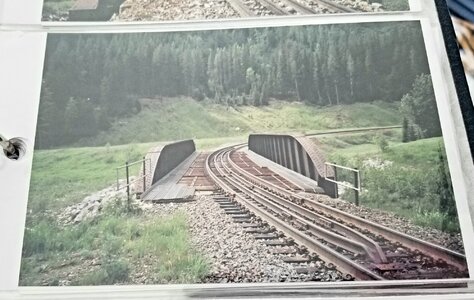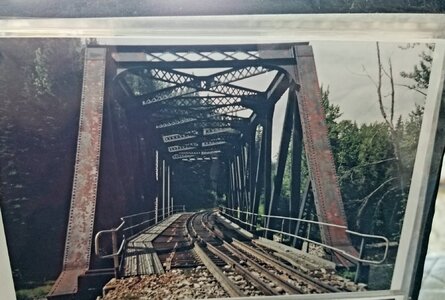GandG_North
Member
Are there any prototypical examples of a bridge on a grade? In other words, a bridge deck that is not level. I have a spot on my layout where I'd like to lower one end of a bridge (really, a series of bridges connected end to end) to resolve a problem, but not sure a bridge in this condition would be a "normal" thing.
The problem I'm running into is that at the apex of a graded section of rail to where the grade levels out and connects to the bridge is such that it creates a hump that can cause a hang-up, plus it doesn't look natural when a train passes over, so I think I could resolve this by lowering the grade slightly.
The problem I'm running into is that at the apex of a graded section of rail to where the grade levels out and connects to the bridge is such that it creates a hump that can cause a hang-up, plus it doesn't look natural when a train passes over, so I think I could resolve this by lowering the grade slightly.



